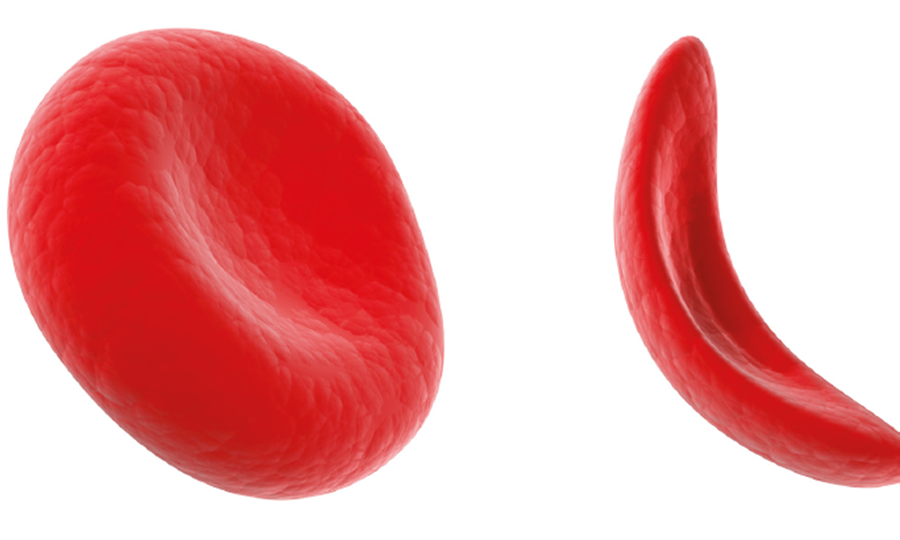Living with sickle cell
September is sickle cell awareness month – but what is sickle cell disorder? And how is it treated?
Sickle cell disorder is an inherited condition of the red blood cells which causes the cells to deform into a sickle shape when the cells are stressed. This can happen when a person with sickle cell disorder is unwell with fever, infection, dehydration or sometimes for no apparent reason. Sickle cell disorder is more common in certain countries, particularly African countries and parts of the Middle East.
Unfortunately, when these red cells sickle, they are unable to work normally, and instead of travelling round the body normally delivering oxygen, they get stuck in the very small blood vessels. This causes the tissues to start to die, which results in intense severe pain, and can also cause organ damage depending on which area is affected. These episodes of sickling are known as 'crises.' Sometimes crises can be managed with painkillers at home, but sometimes patients need to be admitted to hospital. These crises can be life threatening.

Although we have some medications that can help patients with sickle cell disorder, often the only treatment that will help patients feel better (and indeed save their lives) is a transfusion of donated blood.
As a consultant haematologist working in Glasgow, Dr Louisa McIlwaine has used blood transfusions to help patients with sickle cell disorder in many ways. She says:
'Blood donors have helped women through the stresses of pregnancy, helped patients through operations, and helped them get better when their organs are failing in intensive care. In all of these situations the patients may have died without blood. My paediatric colleagues use blood transfusions to prevent strokes in children with sickle cell disorder. Strokes are very rare in children without sickle cell disorder, but common in children with sickle cell disorder.
'Your donation dramatically reduces their risk of stroke such that it is a rare event in places where blood transfusion is available. For some patients with severe sickle cell disorder, regular blood transfusions are the only thing that enables them to go to school, work, look after their family.
'Thank you for making such a difference.'
- Every time you give blood, you could save or improve the lives of up to three people – including sickle cell sufferers. Find out where you can give blood by searching your town.
